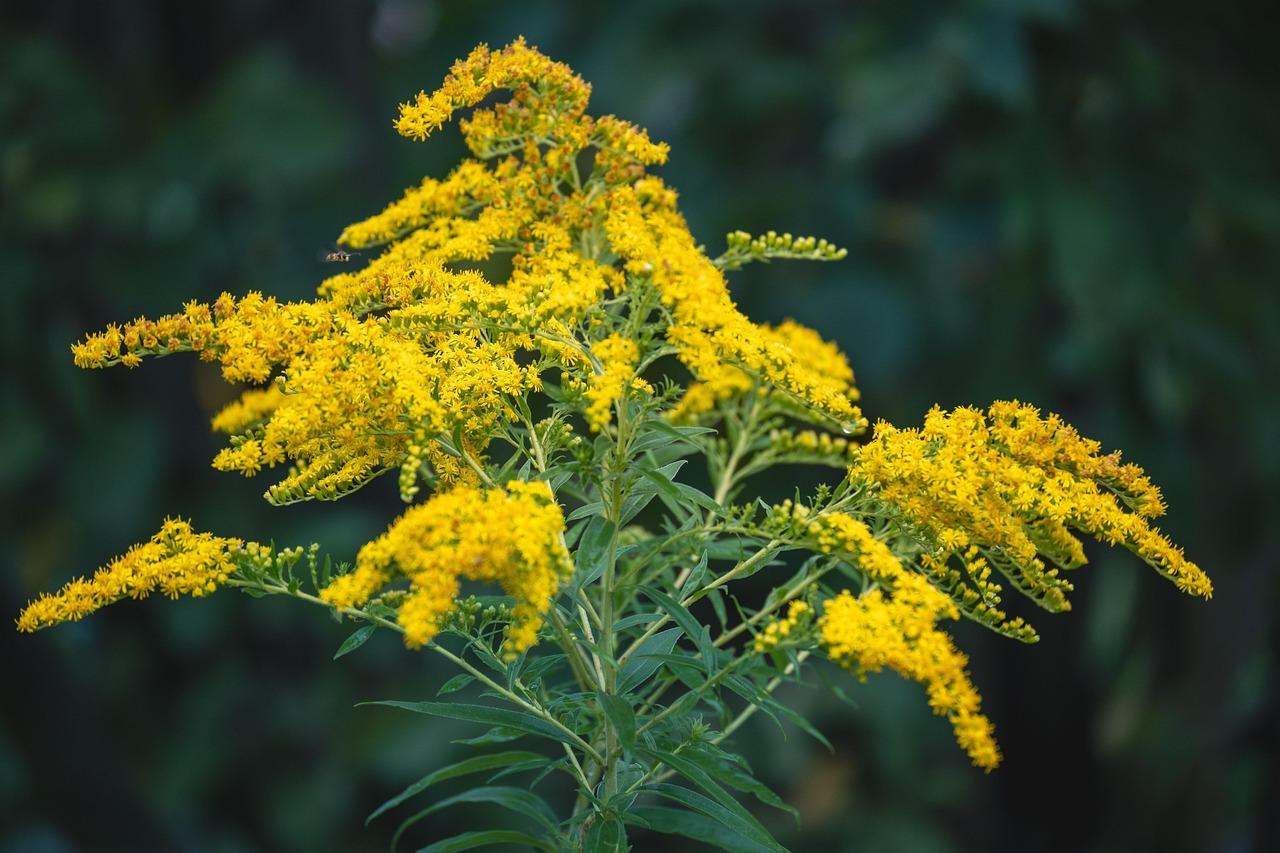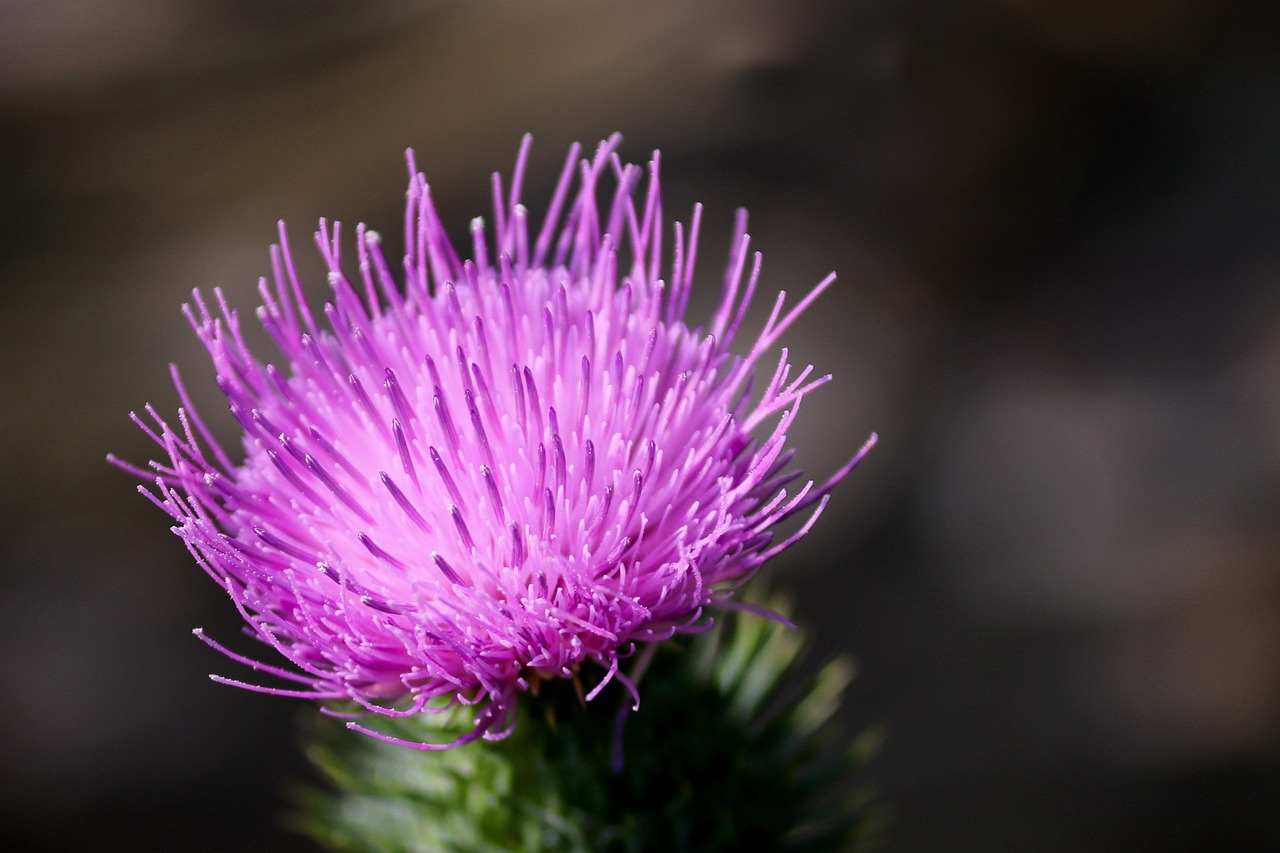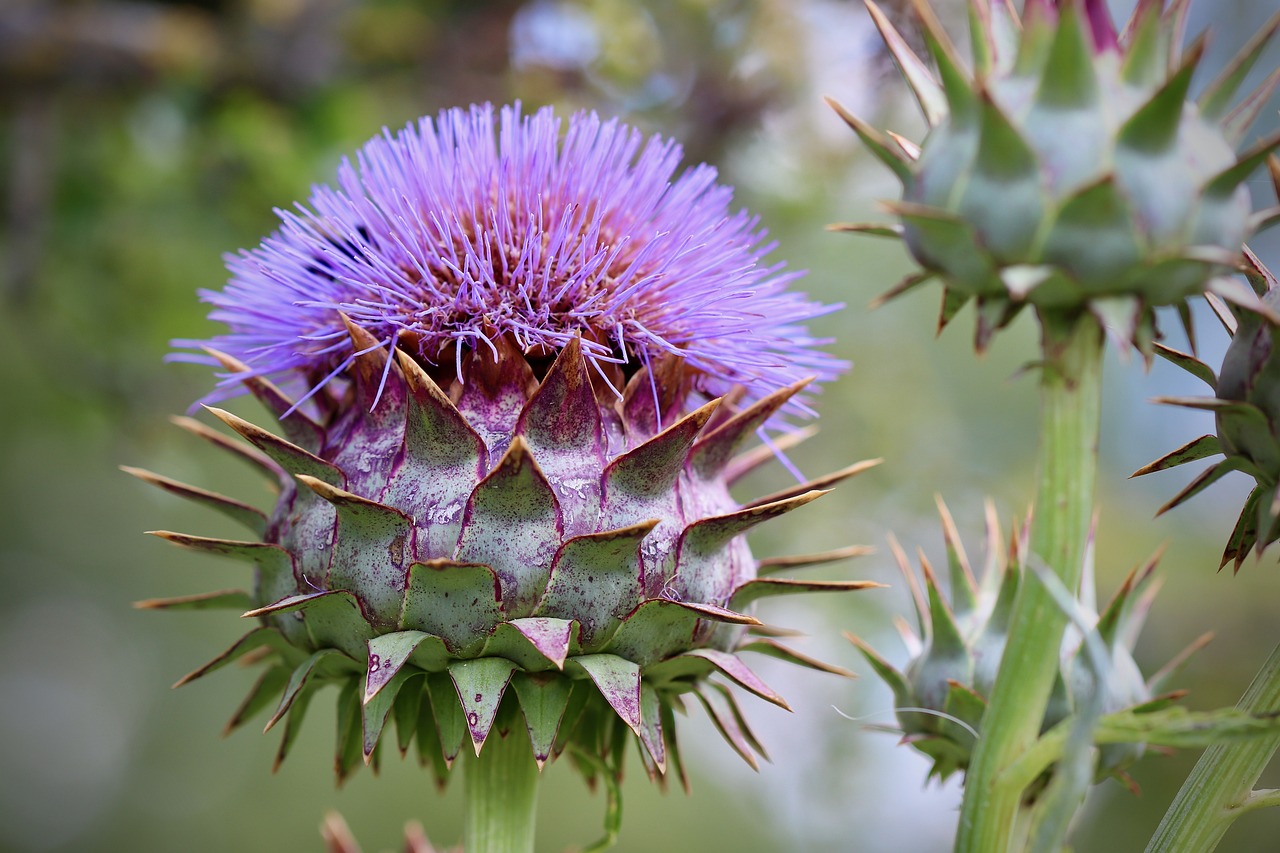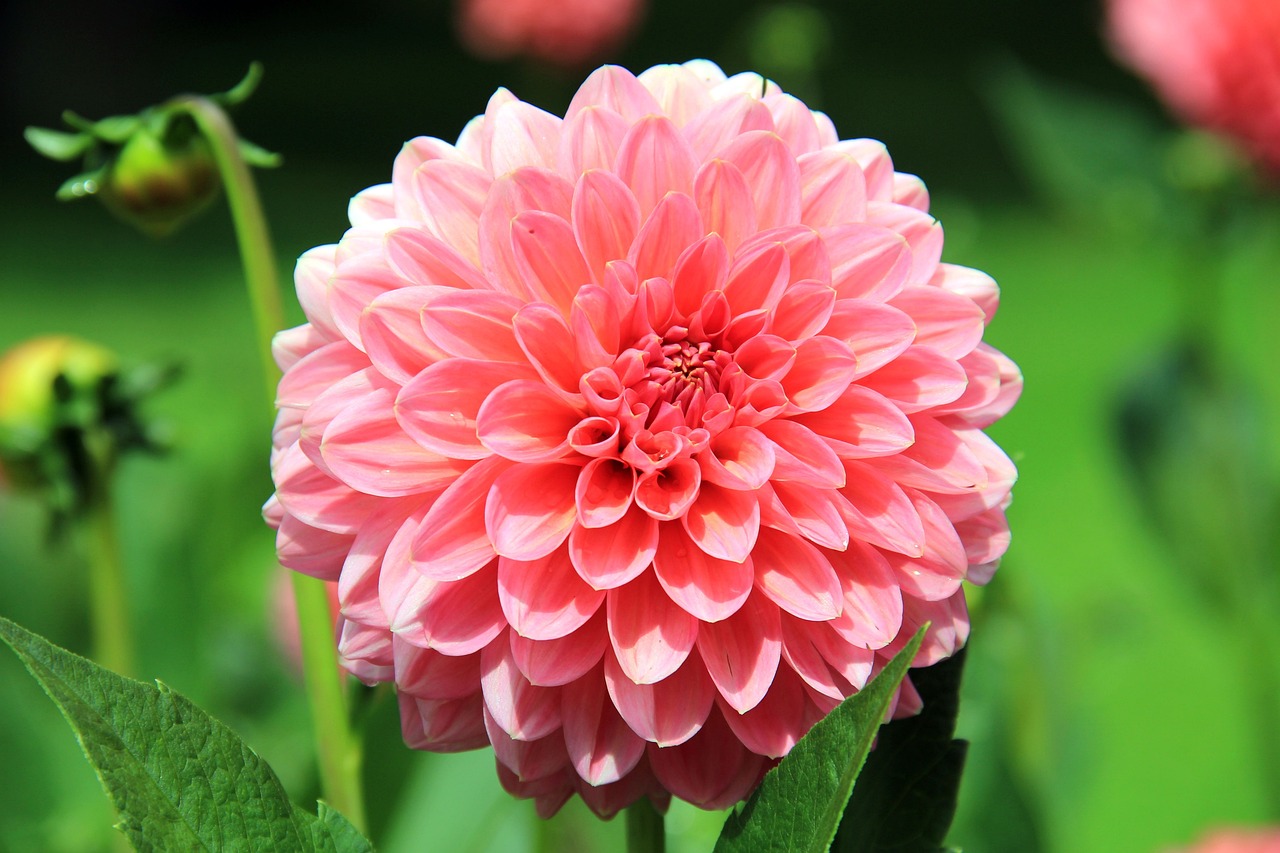Goldenrod | A Wildflower That Heralds the Arrival of Autumn

Goldenrod is a perennial plant that paints the autumn landscapes in golden yellow.
Its finely divided yellow flowers bloom in clusters along upright stems, blending harmoniously with natural scenery in Japan and many other regions.
As its name suggests, goldenrod blossoms from late summer to autumn, marking the seasonal transition.
In this article, I will introduce the basic information, cultural significance, history, and gardening advice about goldenrod.
Basic Information
- Scientific Name: Solidago virgaurea
- Family: Asteraceae
- Origin: Temperate regions of Europe and Asia
- Appearance: A perennial plant reaching 30–100 cm in height, with upright stems bearing numerous small yellow flowers in clusters. The leaves are narrow with serrated edges. In Japan, it is commonly seen in mountains and along roadsides.
- Blooming Season: August – October
Cultural Significance Worldwide
Goldenrod has long been regarded as a symbolic plant due to its vivid color and resilience.
In Europe, it is known as a flower that heralds the arrival of autumn and is popular in gardens. In Germany and Austria, it is cherished as a seasonal flower that marks autumn and is often used in naturalistic landscaping.
In folk traditions, it is sometimes referred to as the “messenger of the sun,” with its golden flowers symbolizing the power of sunlight.
In Japan, goldenrod has long been appreciated as a familiar wildflower, frequently appearing in haiku and poetry as a representation of autumn’s beauty. It is often seen in satoyama landscapes and mountain paths, evoking a strong sense of seasonality.
Historical Background
Goldenrod has grown naturally in various parts of Europe for centuries and has a long history as a garden plant.
By the 18th century, it was introduced into British and French gardens, where it played an important role in naturalistic planting styles.
In 19th-century Germany, goldenrod became a frequent subject in poetry and painting, further enhancing its cultural presence.
In the Americas, native goldenrod species (different from the European one) shared similar characteristics and became widely used in gardens and parks after the 19th century.
In Japan, goldenrod was recorded in Edo-period botanical illustrations, and rather than being cultivated as an ornamental, it naturally integrated into people’s daily lives as a wildflower.
Gardening Advice

Goldenrod is relatively easy to grow and well-suited for natural gardens and meadow-style plantings.
Sunlight
Prefers full sun but can also grow in partial shade. Abundant sunlight encourages better flowering.
Watering
Once established in the ground, it grows well with rainfall alone. For potted plants, water when the surface soil dries. Keep the soil slightly dry to avoid overwatering.
Soil
Prefers well-drained soil. A mix with compost or perlite helps improve aeration and prevent root rot.
Fertilizer
Minimal fertilizer is needed. A small amount of slow-release fertilizer in early spring supports healthy growth.
Pruning
Cut back flower stalks after blooming to maintain plant shape. Since it may self-seed, prune before seeds drop if necessary.
Hardiness
Very cold-tolerant. As a perennial, its aboveground parts die back in winter, but new shoots emerge the following year.
Conclusion
Goldenrod is a perennial with striking yellow flowers that bloom from late summer to autumn.
In Europe, it has been celebrated as the “messenger of the sun,” while in Japan, it has been cherished as a seasonal wildflower enriching autumn scenery.
Since the 18th century, it has also been integrated into European garden culture, valued for its role in naturalistic plantings.
As a hardy and low-maintenance plant, goldenrod is an excellent choice for creating gardens that capture the essence of the seasons.




